Italy is dotted with picturesque villages on the perfect crossroads where nature, history, and local traditions meet.
They are often small in size and very much off the beaten track, yet they offer a real opportunity to immerse yourself in Italy in the most authentic way.
Most people plan their Italian adventures strictly around the country’s main tourist hubs like Florence, Venice, and Rome. If you put a day aside to venture further afield and visit one or two of Italy’s many villages, you will soon discover stories, legends, and inspiring views to give you a new understanding of the Italian way of life.
I have been an avid explorer of the Italian villages over the last five years – time well-spent living in the city of Vicenza in the north of Italy. At least one weekend a month, we would pile in the car and take off to get to know yet another little Italian gem perched on top of a lush hill or huddled behind a medieval defensive wall.
There is something really calming about walking through the narrow cobbled streets of a place that families have called home for centuries, where a crystalline river may run nearby, where velvety mountains stand proud and tall, and where you can smell the homecooked dishes through an open window giving you a brief insight into a quaint way of life.
And, just then – dong, dong, dong – the bells of the nearby church ring lunch and you head to the local trattoria to see what’s on the menu today.
It sounds quite idyllic and in most cases, it is. For, and with a few notable exceptions, most of Italy’s villages or borghi (sing. borgo) as they are called in Italian are still undiscovered by the mass tourist who is mainly interested in the perfect selfie.
So, if you have ever wanted to experience the real Italy, to delve into its history, to taste its real local food, to see an authentic local festival that has been celebrated for hundreds of years and it is still going strong, then make sure that you include a visit to an Italian village or two in your Italian travel plans.
Bellow, I have given you six wonderful reasons as to why this is an idea you should definitely make come true.
I have also provided lots of first-hand tried and tested tips to help you pinpoint some great Italian villages to put on your travel wish list, as well as transport options and several practical details it’s best to know in advance.
In addition, I have shared lots of stories about some of the most beautiful Italian villages I have had a chance to see for myself. From the charming Borghetto sul Mincio in the Veneto to the boisterous Bagolino in Lombardy, I am passing their names to you with the heartfelt wish that you enjoy visiting them as much as I did.
Now, let’s head out to explore the
Italian Villages or 6 Reasons to Visit Italy’s Picturesque and Historic Borghi
1. Experience Italy Authentically
Visiting an Italian village is like opening a door to the authentic Italy which otherwise can be difficult to experience in an overcrowded city setting like Venice, Florence, or Rome.
Small Italian villages often are strictly off the beaten track so that, walking around on their cobbled streets, your voices may be the only ones that don’t speak the local dialect. Of course, there are a few notable exceptions to this rule. However, instead of heading to the overcrowded villages of Cinque Terre, for example, do yourself a favour and escape to one of the hundreds of Italian borghi that are still undiscovered by the mass tourist.
There you will be able to come in close contact with traditions that have been zealously guarded for centuries. As it happened to us in Molina – a small village in the province of Verona. This is where we were able to see several centuries-old mills where corn polenta is still ground just as it had been hundreds of years ago.
In the small village of Bagolino huddled in the folds of the Italian Alps, we found ourselves in the full swing of a Carnival celebration the roots of which stretch deep in time. This was also where we tasted the famous local cheese bagoss which is only made in Bagolino, owes its yellow colour to the added saffron and can fetch crazy prices up to 80 euros per kilo.
The food, traditions, and celebrations are not the only authentic things you will find in the Italian villages. Talking with the locals, you can hear first-hand accounts that take you back decades and give you a real taste of the Italian way of life.
In the picture-perfect village of Venzone in the northern Italian region of Friuli-Venezia Giulia, we walked to the ruins of the Venetian fort. There was an old couple sitting on a bench in front of it. We exchanged greetings and then quickly fell into one of those pleasant conversations that you can have with perfect strangers knowing full well that, most likely, you will never meet them again.
The couple told us about the devastating earthquake that Venzone had experienced in the 1970’s. We had already read all about it on the large billboards set up in the centre of the village. Yet, it was different to hear the story from the lips of people who had actually lived through it. The earthquake was not a cold and detached historical fact, anymore. It was something real that affected real people and we could feel empathy towards them.
2. Discover Stunning Natural Settings
The Italian villages often are set within gorgeous natural landscapes. Perched on top of a hill like the medieval borgo of Gradara in the central Italian region of the Marche or set on both sides of a fast-running river like the charming Borghetto sul Mincio in the Veneto, Italian villages can be a photographer’s dream.
Clinging to steep mountains, huddled in deep valleys, hanging over pebbly precipices, washed by the warm waves of Italy’s seas, the Italian villages are a great place to visit if you like being in close contact with nature. Or, if you like to see how people have adapted to life in, often, precarious settings.
Two interesting Italian villages in terms of their location are Nesso and Campo di Brenzone.
Nesso is a small village on the shores of Lake Como. Its houses are clinging for dear life to the steep slopes of the hill which hurtles all the way down to the waters of the lake. A mighty waterfall rumbles right through Nesso’s heart. Several fast streams come together at the top level of the village and then the huge mass of water tumbles down the sharp rocks – all white foam and glittery spray – with a roar that can be heard during Nesso’s quiet nights.
Campo di Brenzone is a medieval village lost in the hills above Lago di Garda – Italy’s largest lake. Only a handful of people continue living there to this day and the village’s stone houses – many in a state of disrepair – are a silent testament to a way of life that is no more. You can reach the village only on foot. Starting from the bottom of the hill, you hike up and up through olive groves following the old mulatiere. These are centuries-old cobbled paths that were used to transport goods on the back of donkeys and mules from one borgo to another.
Surrounded by beautiful nature, Italian villages offer some great opportunities to be active and enjoy good views. Just bring the right shoes.
3. Peel off Deep Layers of History
An Italian village is a small cosmos of daily life that ran unchanged for centuries. It is a perfect place to visit if you love exploring historical settings and tracing the origins of legends.
Venzone in the northern Italian region of Friuli-Venezia Giulia is a small village nowadays, but centuries ago it was an important post on Via Julia Augusta. This was the Roman road that ran from modern-day Piacenza in the northern Italian region of Emilia-Romagna to the modern-day city of Arles in France.
Walking through Venzone, you are following in the steps of the many civilisations which left their imprint on this small Italian village – Romans, Celts, Visigoths, Huns, Ostrogoths and then the merchants of the Republic of Venice and the army of Napoleon.
Talking of Napoleon, let me quickly mention that he fought a ferocious battle on the streets of another small Italian village already mentioned herewith – Borghetto sul Mincio. Yet Borghetto’s history stretches centuries back before the arrival of Napoleon. You just have to lay your eyes on the mighty 14th-century Visconti bridge and the ruins of the nearby Scaliger castle to understand that this is a place which has observed history being made for a very long time.
History is not just military campaigns and impressive buildings though. Many Italian villages also served as vibrant centres of religious and cultural life. Thus, they keep in their hearts memories of illustrious historical personalities and important churches and monasteries were built in and around them.
Take Arqua Petrarca and Follina, for example. Both are in the northern Italian region of the Veneto. Both have the uncanny ability to make you feel like you have gone centuries back in time.
Arqua Petrarca is the place to which the renowned Italian poet and humanist Petrarch retreated at the end of his life. To this day, the house where he spent his last years and his tomb attract visitors eager to feel the spirit of the person who sparked the Italian Renaissance.
Follina has at its heart a Cistercian Abbey which was founded in the 12th century. Standing near a watercourse between a mountain and a plain, the abbey is a lovely place to visit and has a beautifully peaceful air to it.
4. Delve into Delicious Food Traditions
Italian villages keep in their bosoms the secrets and the traditions of some of the tastiest dishes in Italy’s cuisine. To find local specialties which will leave you begging for seconds and thirds, ask for recommendations at the local tourist office or try to eat at a sagra – a festival dedicated to a particularly famous local foodstuff.
For example, the village of Lumignano in the Berici Hills that stand proud in the midst of the flat as a pancake Venetian plains is widely famous for the locally grown peas. Incredibly fresh and tender, they are carefully picked within a very short window of time each spring and incorporated into several popular local dishes. Like risi e bisi which translates simply as rice and peas but it is a much tastier and more nuanced meal than its name would suggest.
Castegnero – another small village in the Berici Hills – is famous for the locally grown cherries. They are large, sweet and deep red. Plus, a cherry festival takes place there each year.
Borghetto sul Mincio is well-known for the local tortellini which are also called love-knots. Stuffed with different tasty fillings, they are a pleasure to have any time of the year and have a romantic local legend vouching for their culinary pedigree.
Bressanvido in the Veneto is famous for the locally produced cheese. Every autumn a large festival is held there celebrating the Transumanza event. In other words, this is the time of the year when the cows traditionally return home from having spent the hot summer months at the lush pastures up the nearby mountains. The focus of the event is the cutting of an incredibly large wheel of cheese which weighs about a ton and has a diameter of two metres.
Also in the autumn, many Italian villages hold a castagnata – a celebration of chestnuts which are roasted and sold still hot to munch on during crisp November days.
5. Marvel at Curious Local Artifacts
Many people come to Italy eager to explore the country’s most famous galleries and museums only to get completely exhausted by art and artifacts after hours of traipsing through endless rooms.
If you make the strategic decision to spend a day or two exploring a couple of picturesque Italian villages though, you will soon discover a great advantage they have. Namely, their museums are much smaller and easier to navigate. At the same time, they offer an in-depth view of a topic of unexpected artistic or historical value.
In the village of Venzone in Friuli-Venezia Giulia, you can see mummies! Once bodies of real people, a natural process mummified them after their respective burials. They were found there in the 1600’s and five of them nowadays can be seen in the village’s crypt of St. Michael. For me, it felt a bit creepy seeing the mummies but my husband found them fascinating from a scientific point of view.
When in Genga – a tiny village in the Marche, the houses of which are huddled inside the courtyard of what once was a mighty medieval castle – I came across two very curious local artifacts. One was a wax sculpture of the Christ Child swaddled in rich textiles and adorned with pearls and gems. Apparently, from the Middle Ages onwards similar statues used to be given to girls from aristocratic families who were about to be married or enter a convent. For the former, the statue was intended to steer her to maternity while for the latter, it was a substitute for a baby.
The other super interesting thing I saw there was the tiny statue of the Venus of Frasassi – one of Italy’s most ancient examples of art from the Paleolithic period. While the original is now kept in the Marche’s capital Ancona, an exact replica can be seen up close at the Museum in Genga, which is very close to the place where the statuette had originally been found.
6. Celebrate Unique Local Events
Finally, Italian villages preserve centuries-long traditions which find creative expression to this day in the unique local festivals and events regularly taking place in them.
Bagolino’s Carnival, for example, is classified by scientists as one of Italy’s most important ethnological discoveries for the last 200 years. Thanks primarily to its isolated mountainous position, Bagolino had managed to preserve a unique carnival tradition where two groups of people – Balarì (the Dancers) and the Mascher (the Masked Ones) – wear some stunning costumes and masks and dance to music the source of which is yet to be determined.
Every spring, the small village of Ezzelino da Romano in the Veneto organises a traditional donkey race which is preceded by a village-wide festival and celebrations.
The charming Cison di Valmarina, also in the Veneto, twice a year stages a large arts and crafts festival. You can visit the workshops of the local artisans, take part in creative events, shop from stalls set up along the village’s streets and completely immerse yourself in the old and modern traditions of Italian crafts.
Canale’ di Tenno – a medieval stone village in the province of Trentino – stages a large Christmas celebration every winter, too. Among many things, it includes a Living Nativity scene and a Shepherds’ Procession on Christmas Eve.
Campo di Brenzone – a medieval village which overlooks Lake Garda – sets up its very popular Christmas Nativity exhibition for two months every year. Hundreds of handmade Nativity scenes in any possible size are placed all over the village – from abandoned courtyards and rooms in centuries-old houses to cobbled streets and stone tunnels.
Practical Information about the Italian Villages – How, Where, and When
1. How to find an Italian village to visit?
There are many ways to find a picturesque and historic Italian village to visit within close proximity to a larger Italian city or town. Here are two:
- You can check the website of the association I Borghi Piu’ Belli d’Italia – it is a great place to start your research. The association works for the promotion and preservation of a large number of incredibly beautiful and historically important hamlets, villages, and small walled towns in Italy. Bear in mind that not every picture-perfect Italian village is a member of the association, as its admission criteria are very stringent. Its website is a very good place to start your research into Italian villages but it doesn’t cover every single Italian village which deserves a visit.
- You can ask for recommendations at the tourist office of the larger Italian city or town you have chosen as your base. They should be able to provide you with brochures and flyers as well as give you information about particular events and traditions.
2. Which Italian region has the most beautiful villages?
To be honest, this is a question with no strictly defined answer.
Each of the 20 Italian regions encompasses a number of stunning villages which may also have an important background in terms of history, local traditions and/or food.
If you are visiting a particular part of Italy, look into the villages which are within an easy reach from your base (see point 1 for ideas on how to do it). If you haven’t yet chosen a destination in Italy or if your travels include more than one Italian region, decide what type of Italian village you would be most interested to see and plan accordingly. For ideas see point 6 below.
3. When is the best time to visit an Italian village or two?
Any time is a good time to explore the picturesque and historic villages of Italy. Depending on the season and the part of Italy you are in, you may find them covered in snow in winter, surrounded by beautiful wildflower fields in spring, bathed by warm sea waters in summer, and having lively roasted chestnut festivals in autumn.
Do a bit of advanced research and, ideally, try to visit the Italian village you have set your heart on, on the day when a local festival is being held. This way, you will not only experience an authentic event but will also see the community having fun.
If you are looking for some peace and quiet, then a village in Italy is usually a great place to head to. While some of them like Borghetto sul Mincio are locally very famous and attract people day in and day out, most Italian villages are off the beaten track and give you a chance to relax and recharge your batteries at your own speed.
4. What do I need to know in advance before visiting an Italian village?
Visiting a village in Italy is nothing like visiting a major Italian tourist hub. Be prepared that the local museums and other sights may be open only on particular days. In winter they may also have reduced opening hours or be completely closed.
Bear in mind that the Italian tradition of riposo – an extended lunch break that can last up to three or four hours each afternoon – is alive and observed in Italy’s smaller cities, towns, and villages. As such, try to arrange your visit in the morning or plan ahead for things to do when the doors of the local shops and places of interest shut for riposo in the afternoon.
Some Italian villages – especially those with a preserved medieval setting – may require some physical effort to reach. For example, you may need to hike for a bit from the nearest road or walk up and down flights of steep irregular steps. Village streets are often cobbled and pavements are narrow or, at places, non-existent.
Some villages may be closed for cars, so you may need to park on the outskirts and then you will have to walk.
Make sure that you research in advance the Italian village you are interested to see and consider in detail all logistic issues that may arise, especially if you have reduced mobility or if you are travelling with small kids.
Another thing to consider is what else you can see in the immediate vicinity in case it takes you a short amount of time to tick off all the sights in the Italian village you have decided to visit. Italian villages have a lot to offer in terms of beautiful views, old architecture, and interesting local museums and events. Yet, it is always best to have a couple of ideas for other things to do nearby in case you need to fill a long day with interesting experiences.
5. What are the best transport options in order to reach an Italian village or two?
While Italian villages are often served by local buses and even trains, the most convenient way to reach them is by car. This way you won’t depend on local transport which may run a reduced service on weekends and holidays.
If you don’t have a car at your disposal, research well all public transport options and make note of how regularly the local bus or the regional train stop at the Italian village you want to see. Of course, you can also hire a taxi from the nearby town or city.
Even if you travel by car, still be prepared that some Italian villages – especially the ones with a historic setting – may be closed for traffic or may be difficult to navigate considering their narrow and curvy streets. Check where the nearest parking lots are and how much it will cost you to leave your car there for the time of your visit.
6. What types of villages there are in Italy?
From the north to the south, Italy is dotted with picturesque and historic villages. Depending on your interests, here are some types of villages you can discover for yourself in this beautiful country.
This is not a strict or a full classification of Italian villages, though. Just a short list to give you some ideas as to what you can expect to discover here. Also, the same village may fall under two or more categories below. In other words, it may be a medieval village which is also in a beautiful natural setting or has a renowned local dish.
In any case, here are some categories of villages to see for yourself in Italy:
- historic villages in terms of their preserved architecture or in terms of an important historic event;
- villages in a beautiful natural setting where you can hike and discover stunning forests, waterfalls, mountains, etc.;
- villages famous for their food and local gastronomic traditions;
- villages where a celebrated local event takes place every year;
- arts and crafts villages where many local artisans have their workshops;
- abandoned villages, etc.
7. Which Italian villages would you recommend based on your first-hand experience?
I love exploring the villages of Italy on day trips from Vicenza in the Northern Italian region of the Veneto where I currently live. Obviously, I haven’t been to all Italian villages yet but I am ticking them off my list any chance I have.
Some of my most cherished Italian villages, the beauty of which keeps attracting me back for more time and time again, are (in no particular order):
- Borghetto sul Mincio – I mentioned Borghetto above several times. It’s absolutely stunning and it has its delicious tortellini, not to mention its old mills (nowadays converted into restaurants) perched atop the fast-running waters of the river Mincio. The 14th-century Visconti bridge is a sight to behold;
- Campo di Brenzone – a medieval village in the hills overlooking Lago di Garda – Italy’s largest lake. To reach Campo di Brenzone, you need to hike up the hill following ancient mule tracks. At Christmas each year, the village organises a vast exhibition of handmade Nativity scenes.
- Canale’ di Tenno – another medieval stone village which is close to the small lake Tenno in the province of Trentino. The village is peppered with the workshops of local artisans and it attracts artists from all over Europe each year.
- Arqua Petrarca – a beautiful village in the Euganean Hills just outside Padua where the renown humanist and poet Petrarch chose to spend the last years of his life. Petrarch’s tomb is in front of the village’s main church and his house is open for visitors.
- Venzone – a gem of a village in the mountainous folds of the Italian region of Friuli-Venezia Giulia. With its stone defensive walls, Venetian palace, Venetian fort, and mummies, Venzone has many stories to tell.
- Bagolino – the centre of a lively and unique carnival taking place every winter. Come to this Lombardian village any time of the year to sample the delicious local cheese bagoss.
- Molina – an Italian village the houses of which are covered with stone slabs from the nearby hills. Here you will discover waterfalls and old mills where you can see corn being turned into gold polenta the old-fashioned way.
In Conclusion
The Italian villages, tiny as they are, offer an incredible wealth of beauty, nature, and history.
Often overlooked in favour of Italy’s largest cities and tourist hubs, the Italian villages nevertheless are a worthy destination for the traveller who wants to get to know the country’s authentic face.
From the north to the south of Italy, you will discover many villages where time seems to stand still so that you can better feel and hear the local stories and experience the local traditions.
This blog post gives you six reasons as to why you should aim to visit a village or two during your stay in Italy. It also provides you with practical information about reaching and exploring these exciting and peaceful corners of Italy.
More Helpful Links
- 8 Most Beautiful Villages to Visit in the Veneto, Italy
- 5 Most Beautiful Villages to Visit in Emilia-Romagna, Italy
- 5 Most Beautiful Villages to Visit in Friuli Venezia Giulia – The Northeasternmost Corner of Italy
- Campo di Brenzone – A Great Day Trip to a Medieval Village in the Hills Above Lake Garda
- Parco delle Cascate and Molina – A Great Day Out in the Province of Verona
- Best 12 Towns to Visit Around Lago di Garda – Italy’s Largest Lake
- Italian Piazzas – 20 Most Beautiful Squares in the Veneto, Northern Italy
- Day Trips from Verona – 16 Destinations to Fall in Love With (With Travel Times and Train Tips)
- Day Trips from Padua, Italy – Over 35 Unmissable Destinations in the Veneto, Lombardy, and Emilia-Romagna
- Day Trips from Vicenza, Italy – Over 90 of the Best Destinations
- 11 of the Best Day Trips from Venice (With Lots of Photos, Travel Times and Italy Train Tips)
- Trentino, Italy – Castles, Hikes, and Alpacas – The Perfect 4-Day Itinerary (With or Without Kids)
Which is your favourite Italian village? What attracted you to it? Do you like discovering picturesque and historic villages in the countries you travel to? Let me know in the Comments section below.
Thank you for reading! Please, leave me a comment, pin the image below or use the buttons right at the top and at the end of this blog post to share it on social media.
For more useful information like this, please, like my blog’s page on Facebook and subscribe to my weekly strictly no-spam newsletter.

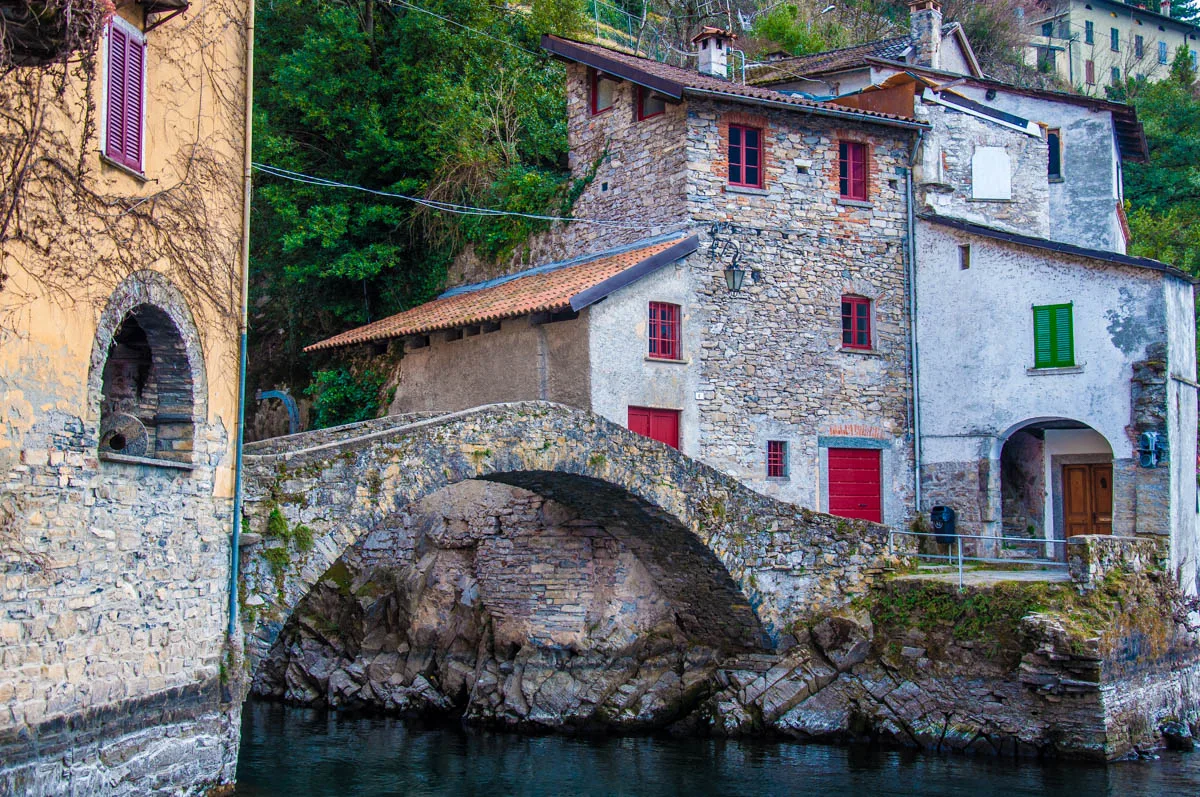
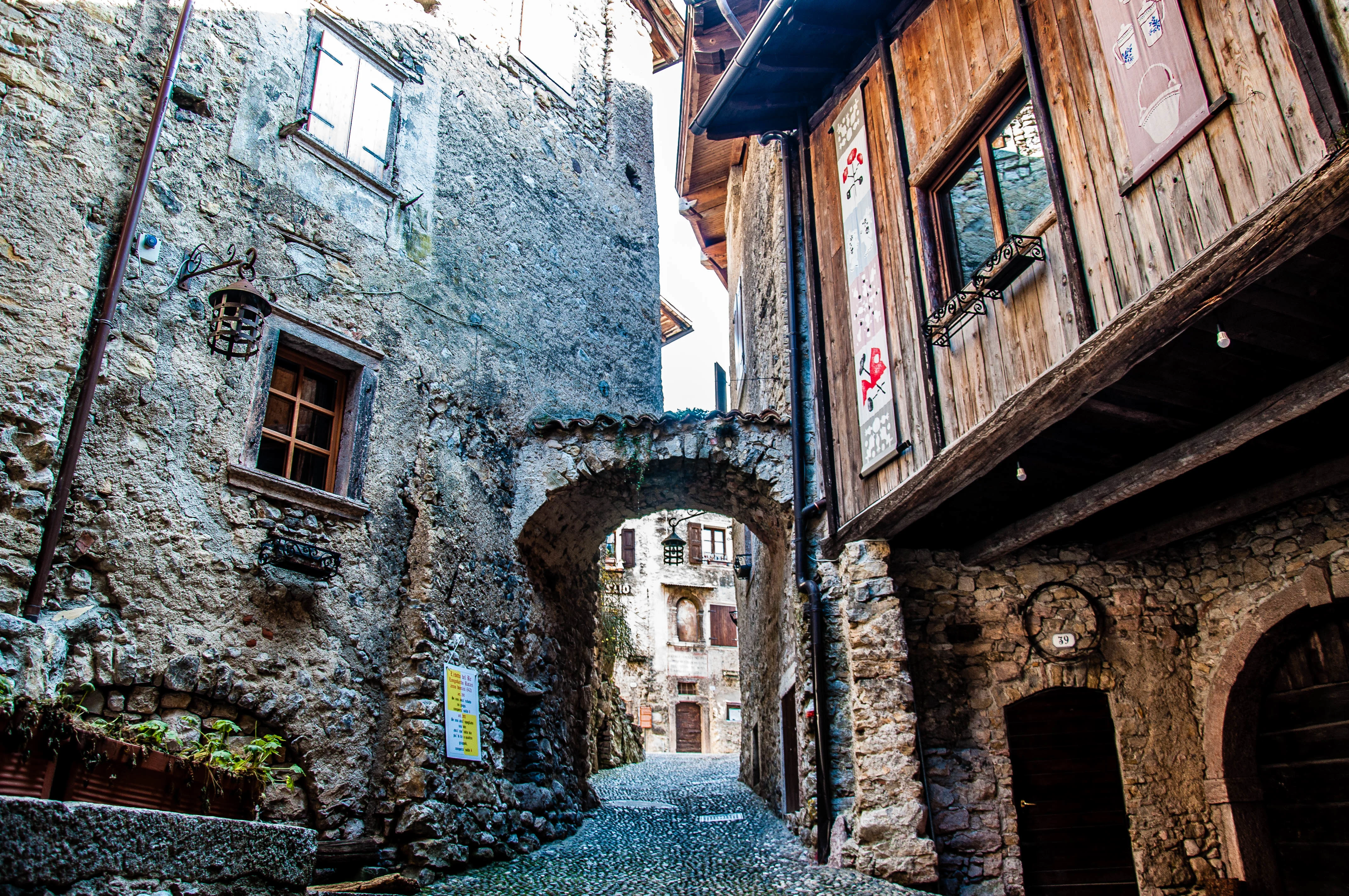
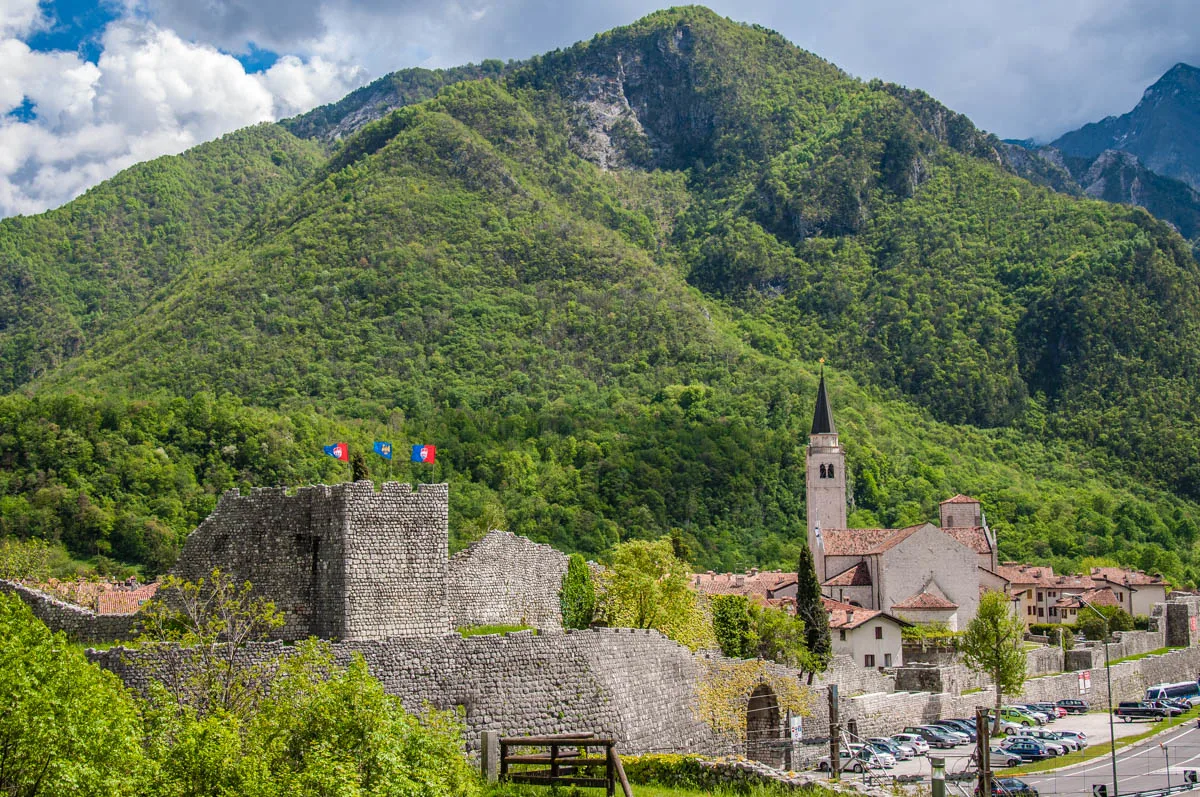

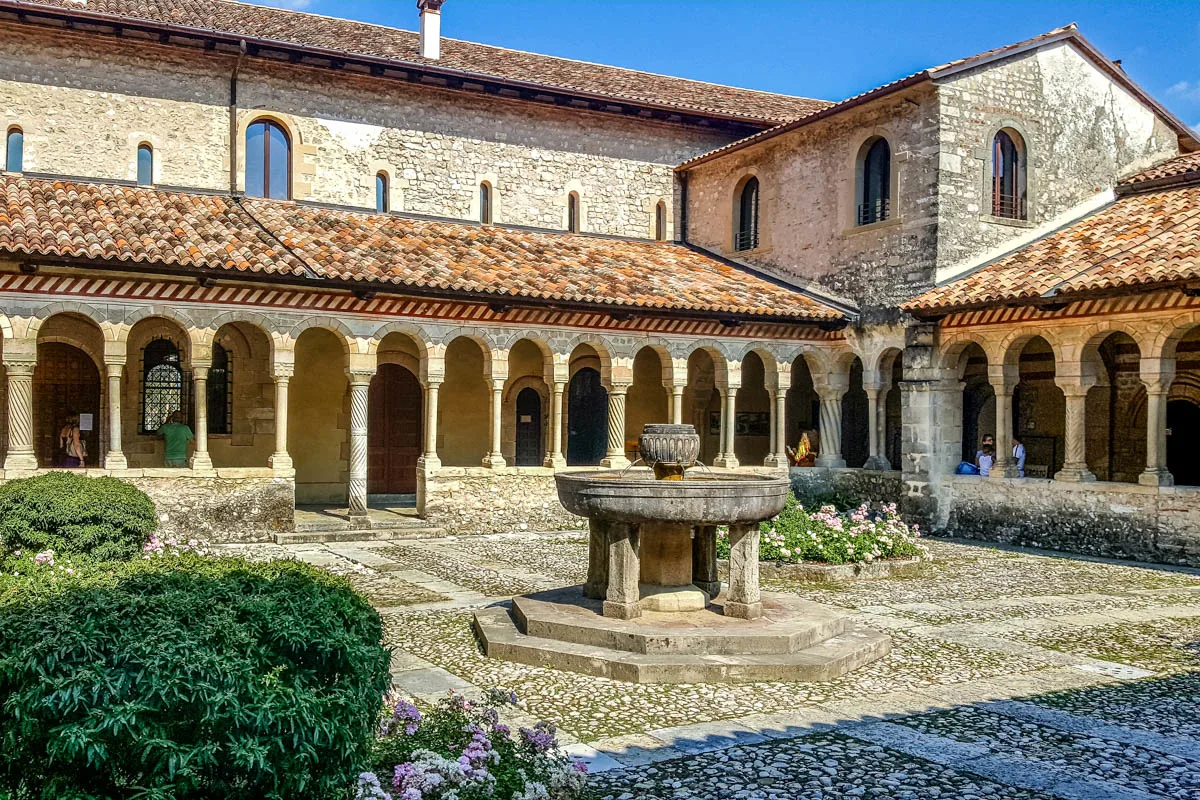
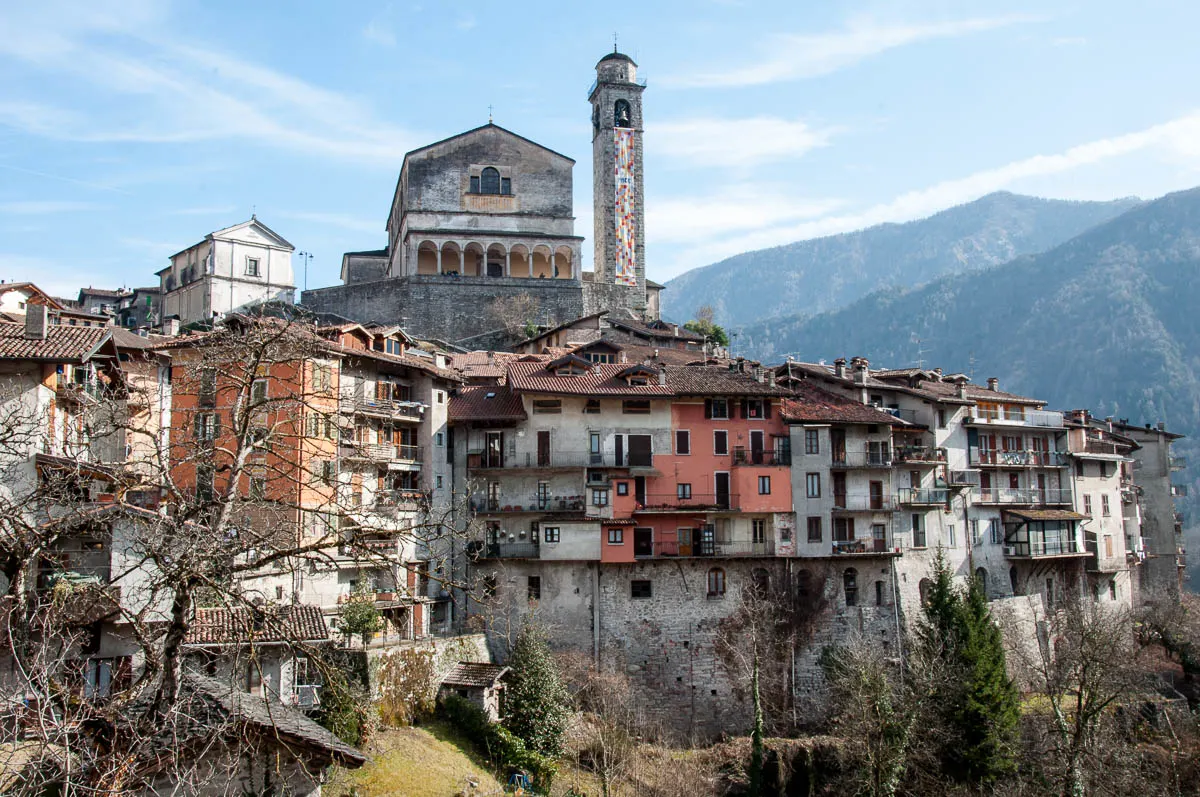
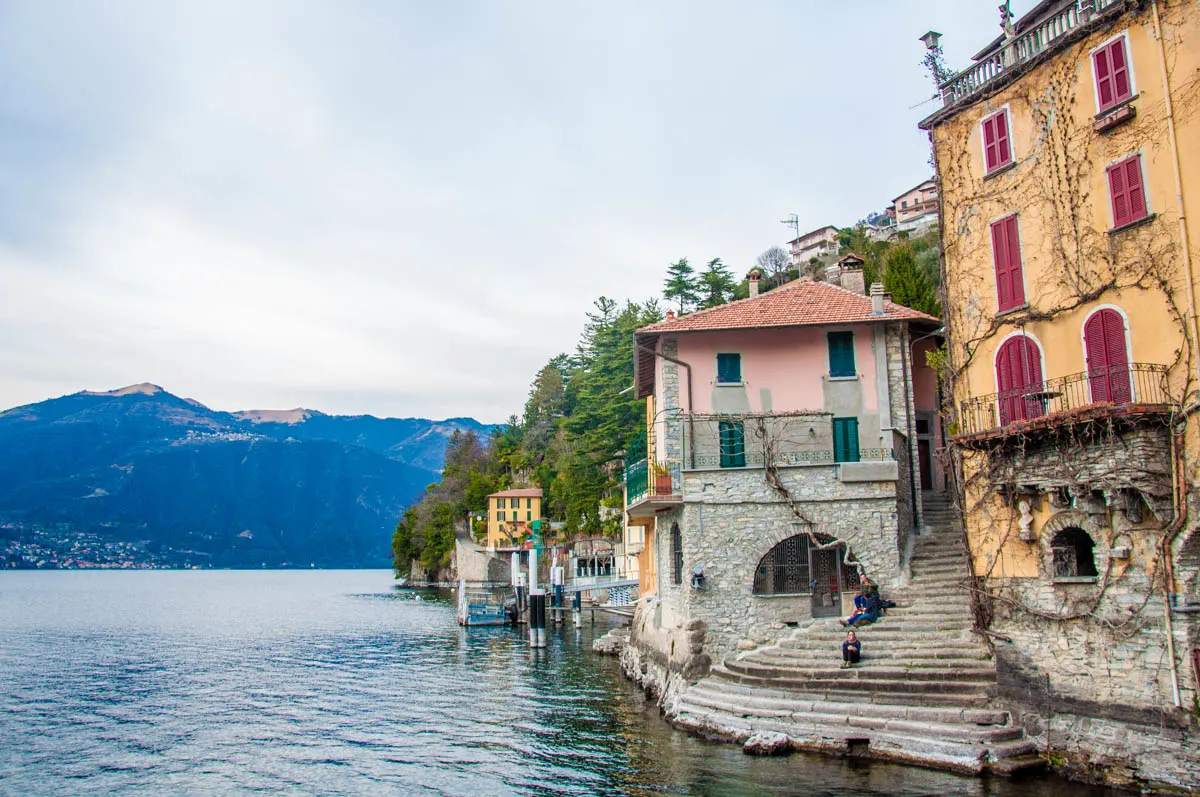
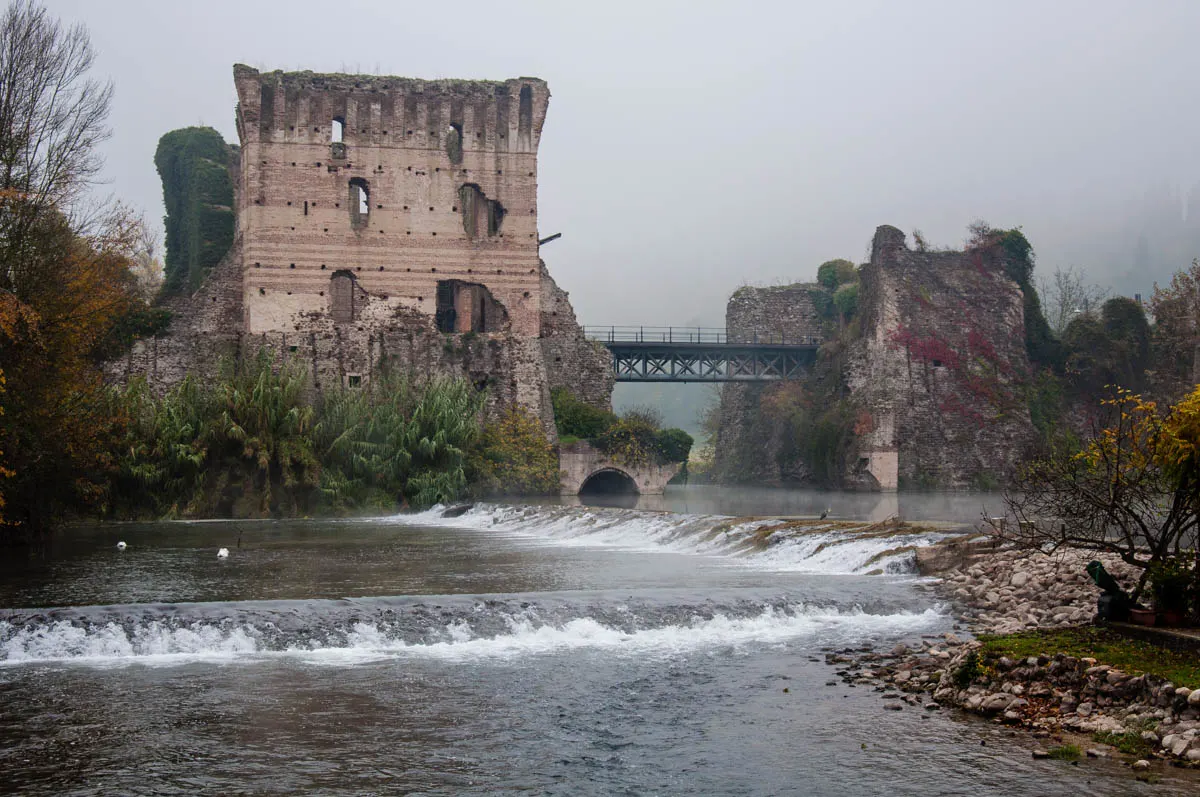

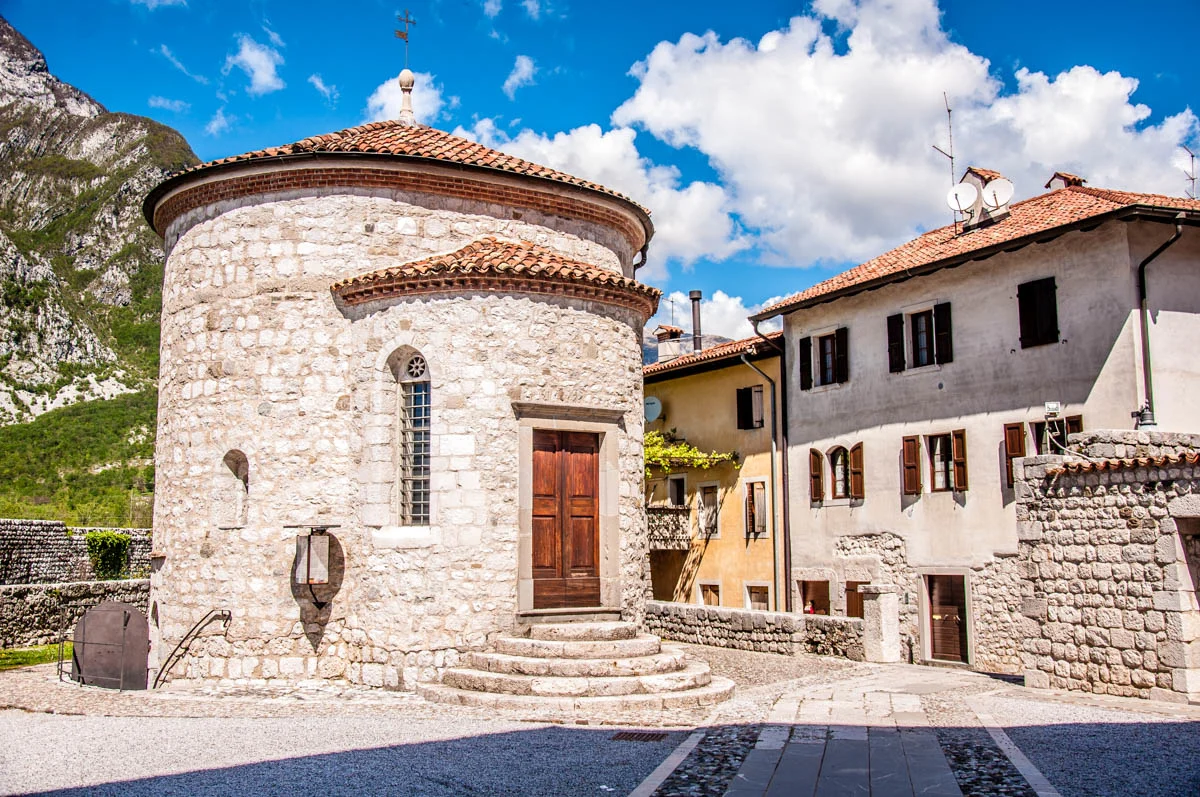
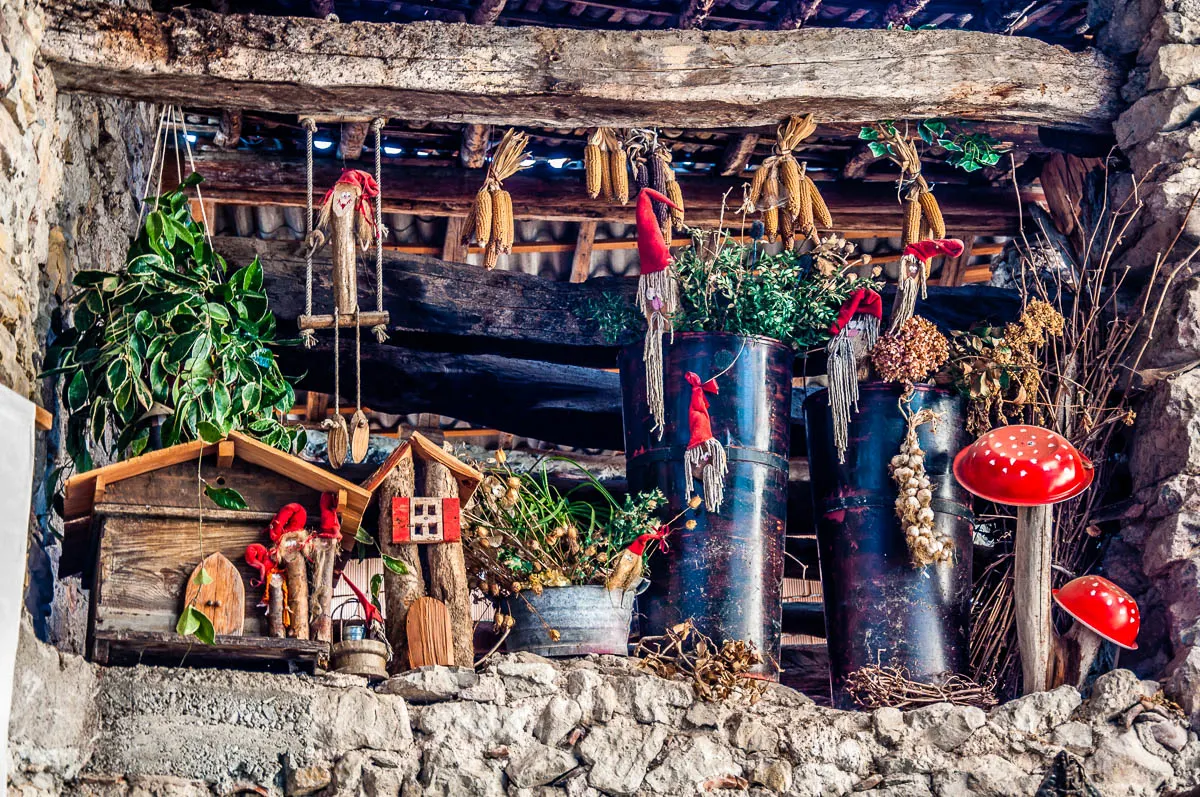
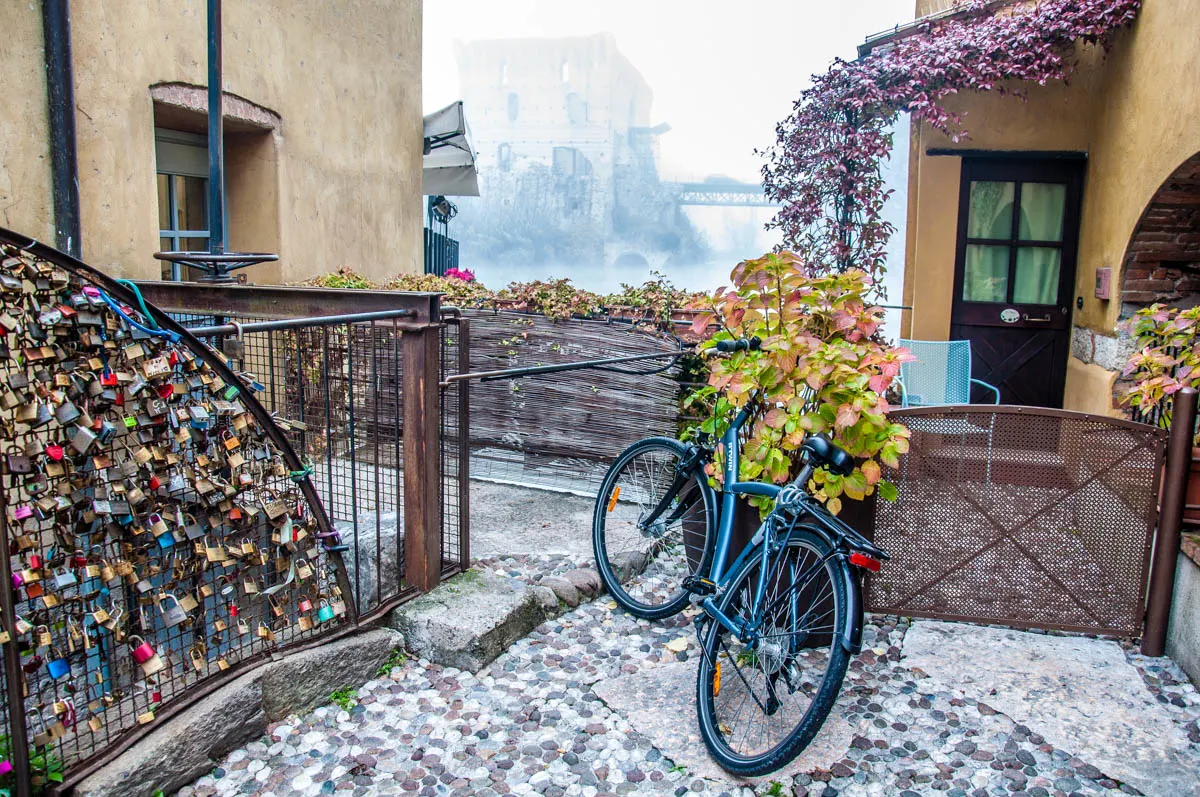
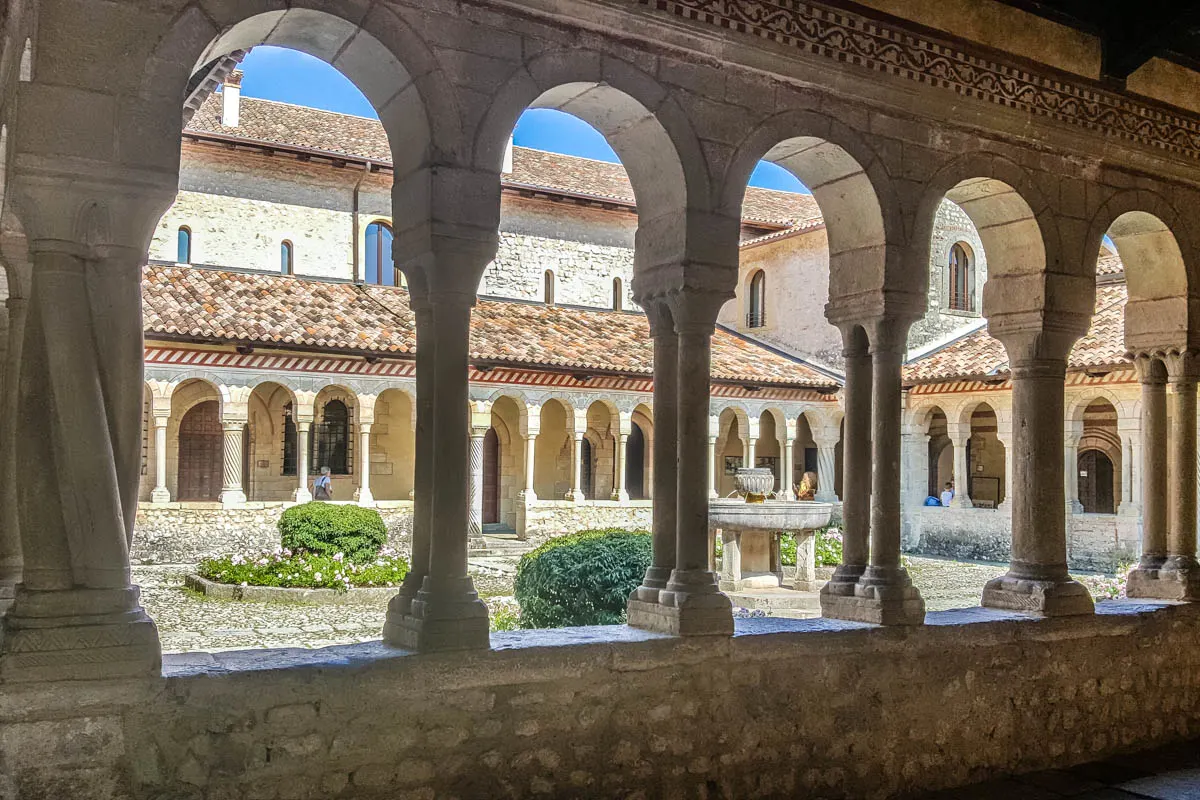
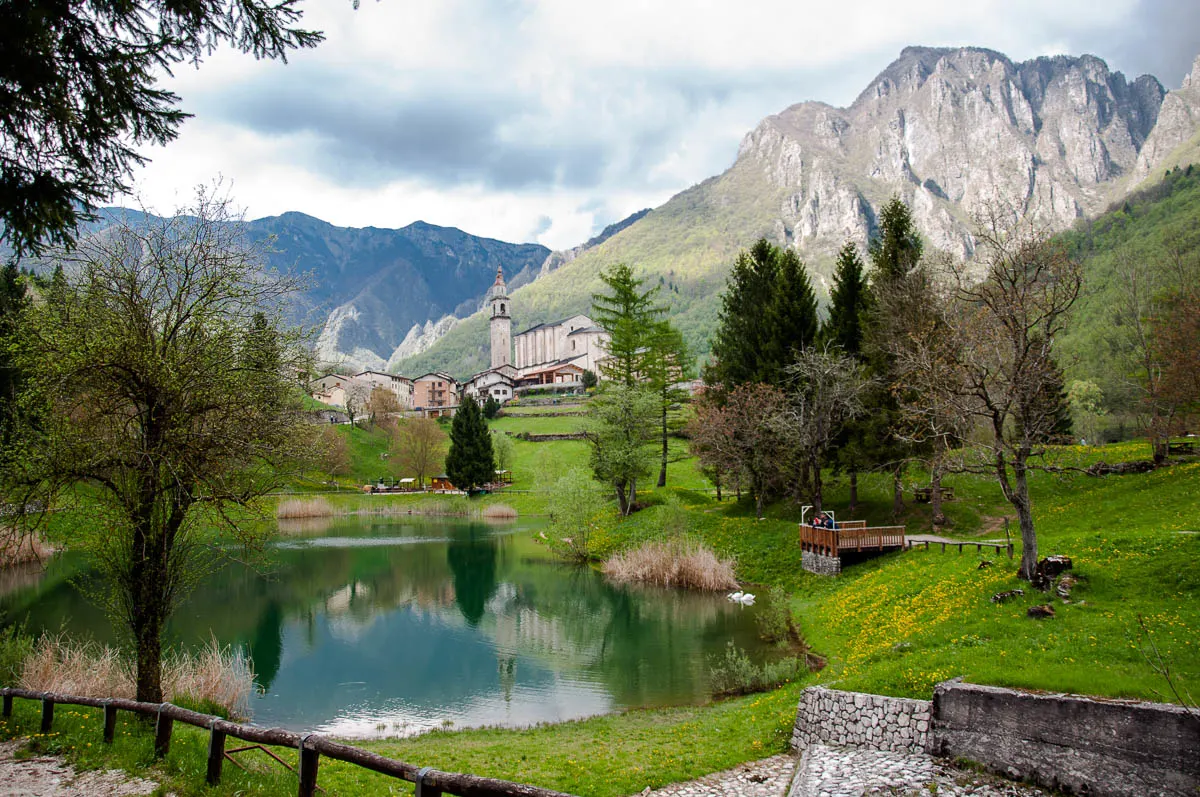
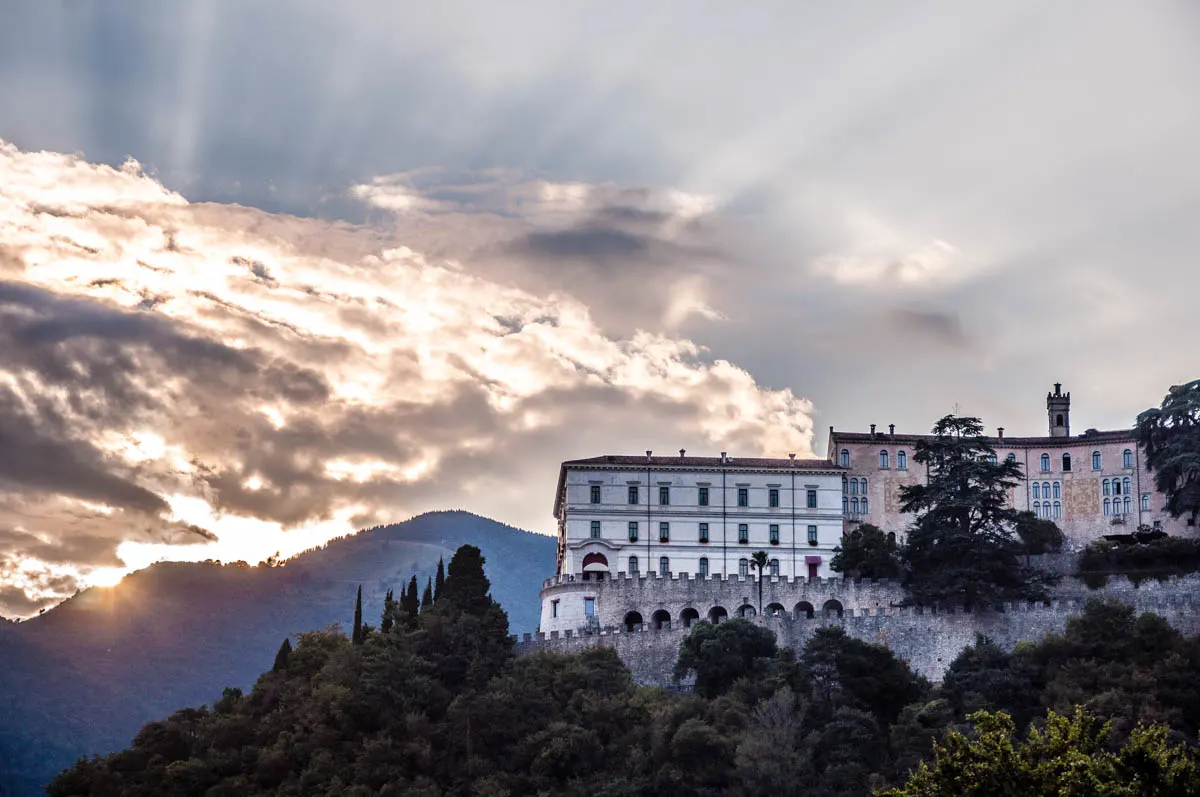
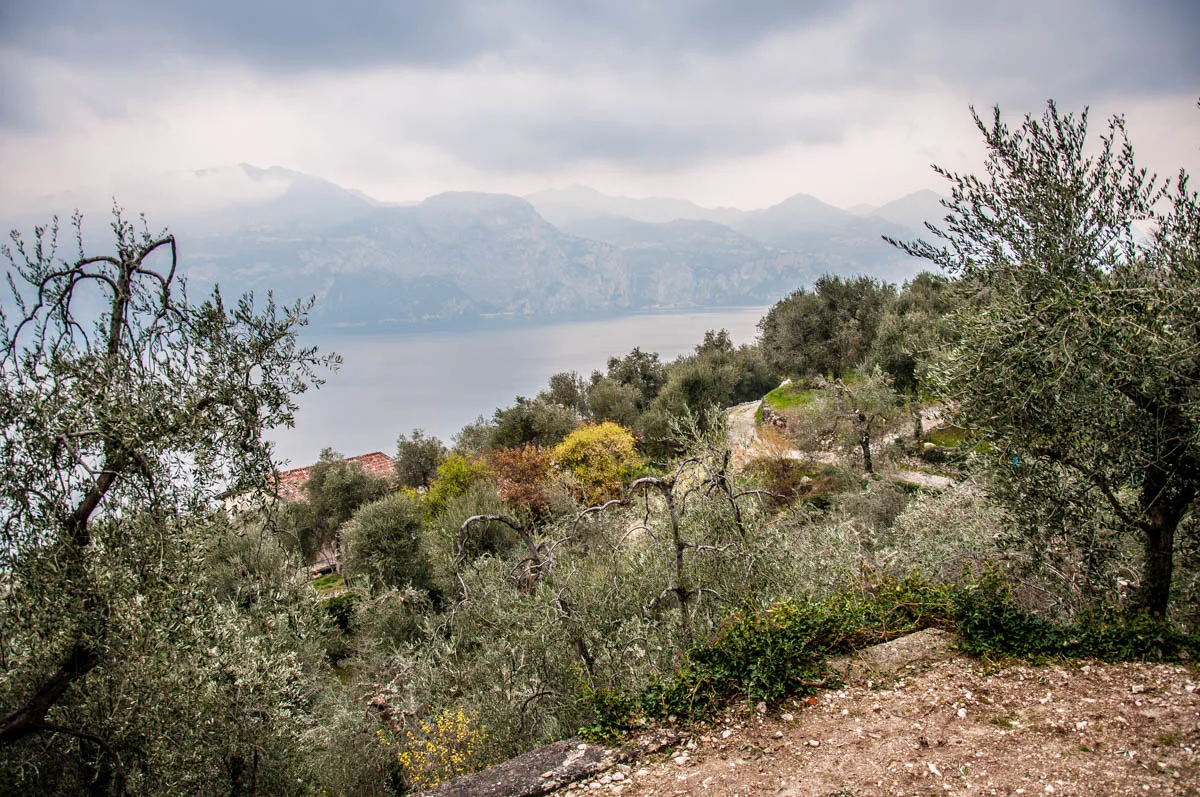

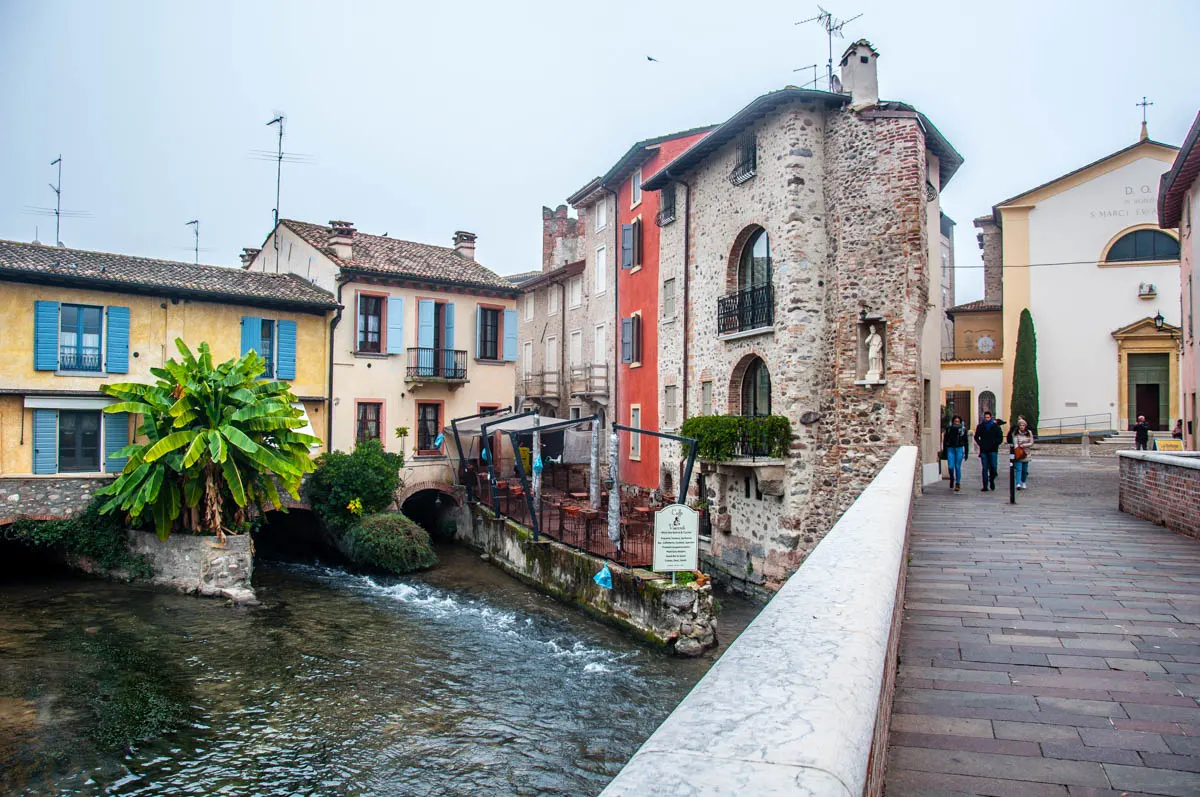
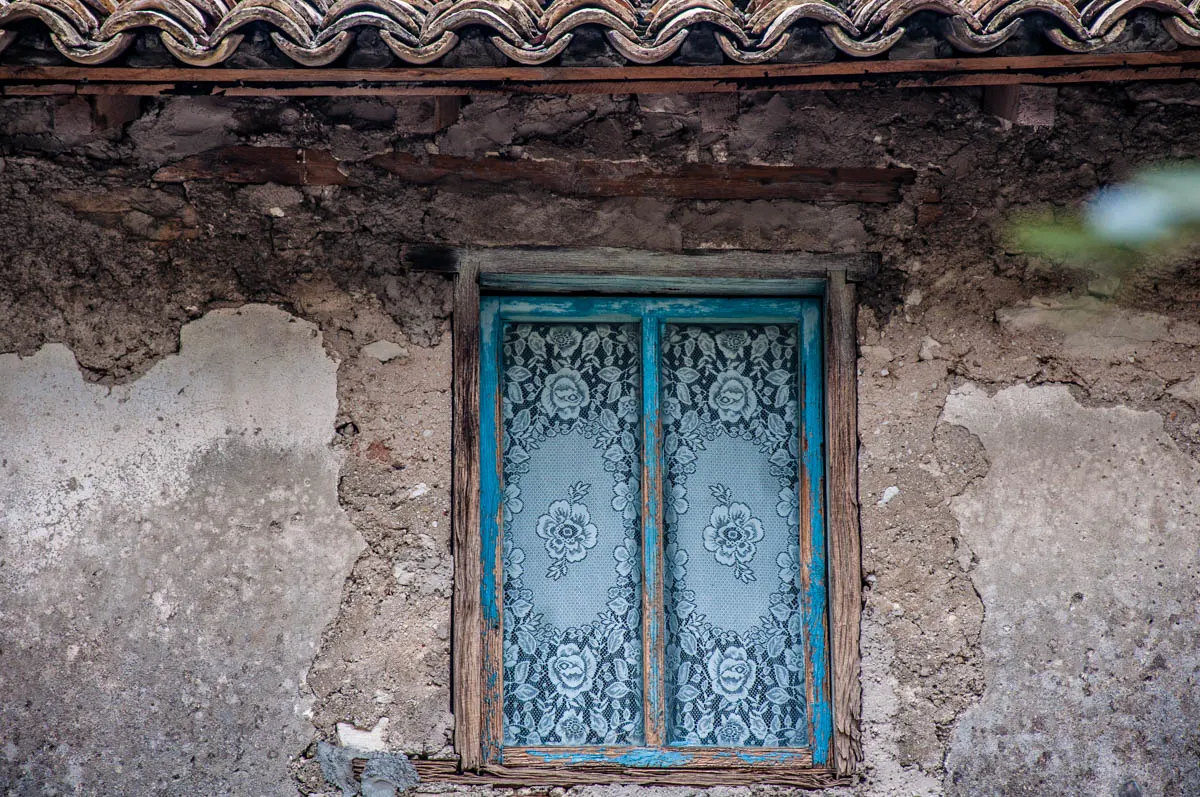
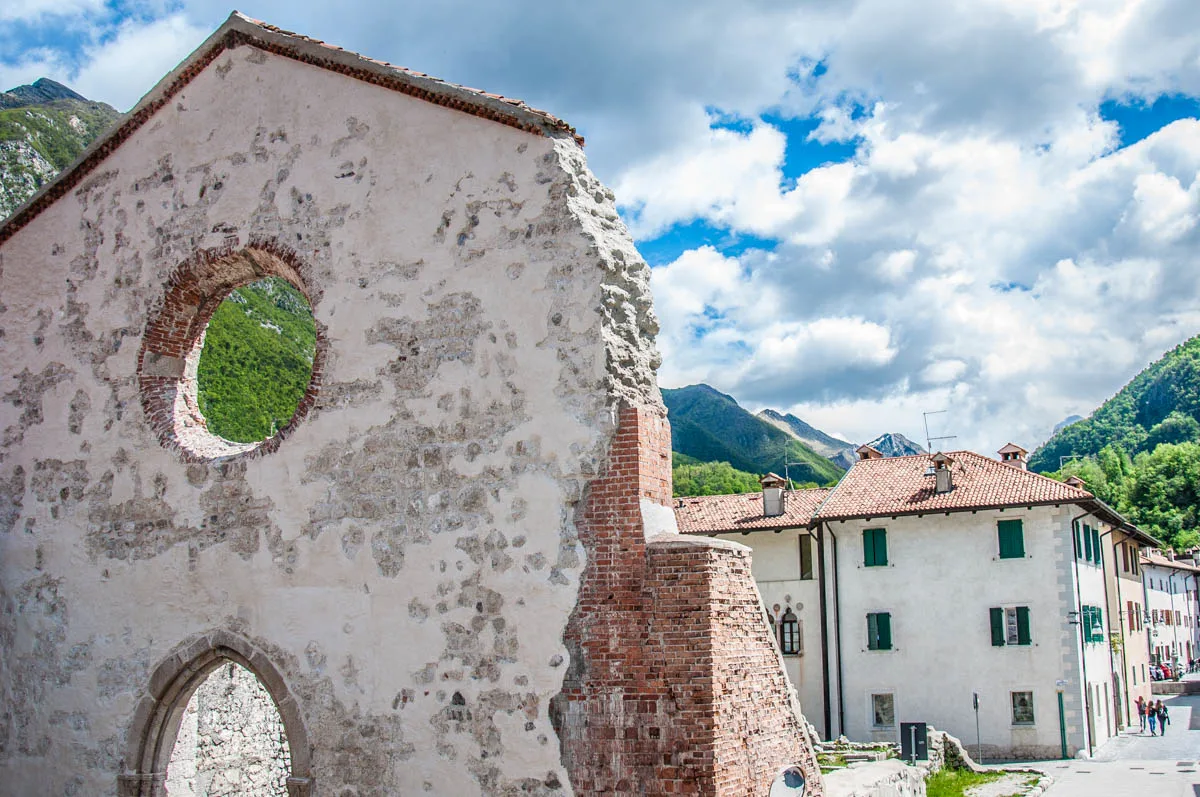
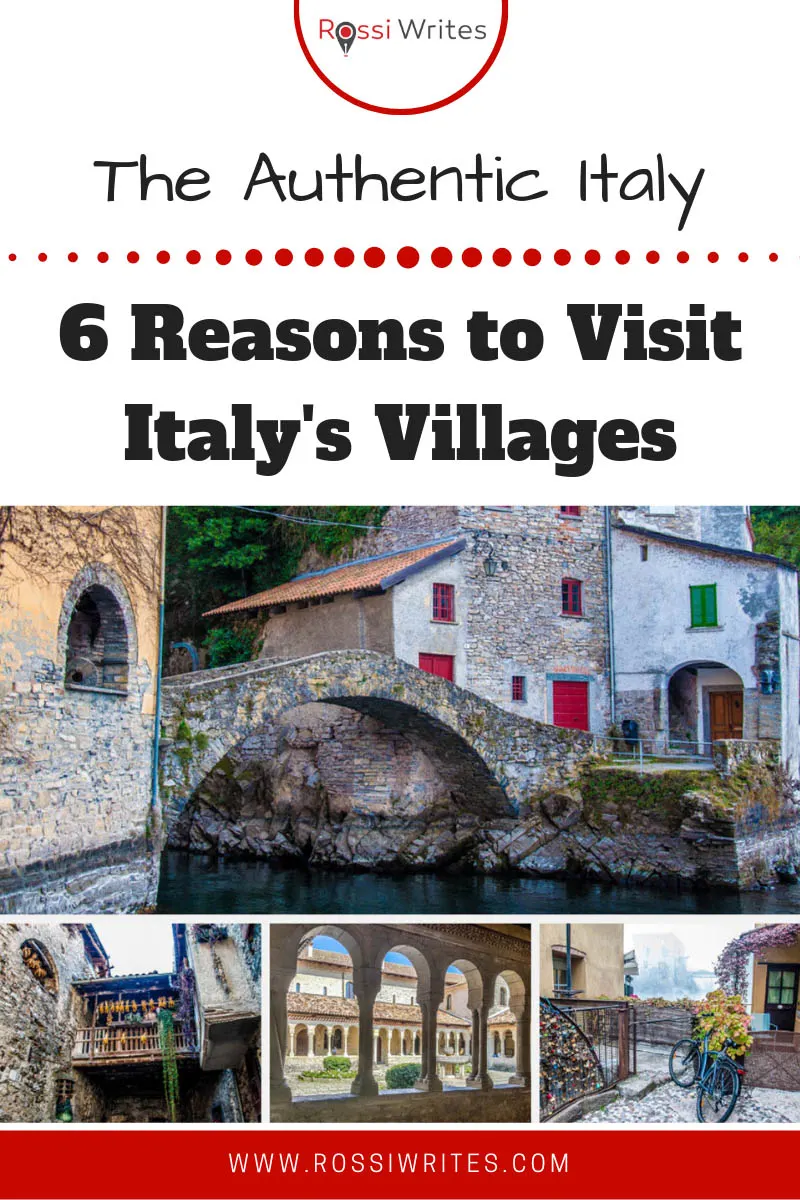
Ger Nagle
Thursday 13th of June 2019
Thank you Rossi for another beautiful piece. What makes them more beautiful is that they are clearly written from the heart. As I read about small places with remarkable art, a food festival, or whatever special thing each one might have, I was reminded of a series done on BBC some time back called Italy uncovered. It was just wonderful television and featured a British art historian and an Italian chef as co-presenters. Andrew Graham-Dixon and Giorgio Locatelli were the names of the co presenters and they successfully tied in the connections between art, history and food in each place they visited. They are still up on you tube, but blocked in certain countries, mine, Ireland, being one unfortunately, for copyright reasons, but the Sicilian ones are still up there. Well worth a look if you haven’t seen them before.
Ciao
admin
Thursday 13th of June 2019
Thank you for your kind words, Ger, and for stopping by! I haven't watched this series. I will certainly have a look. It sounds wonderful. Best wishes, Rossi :)